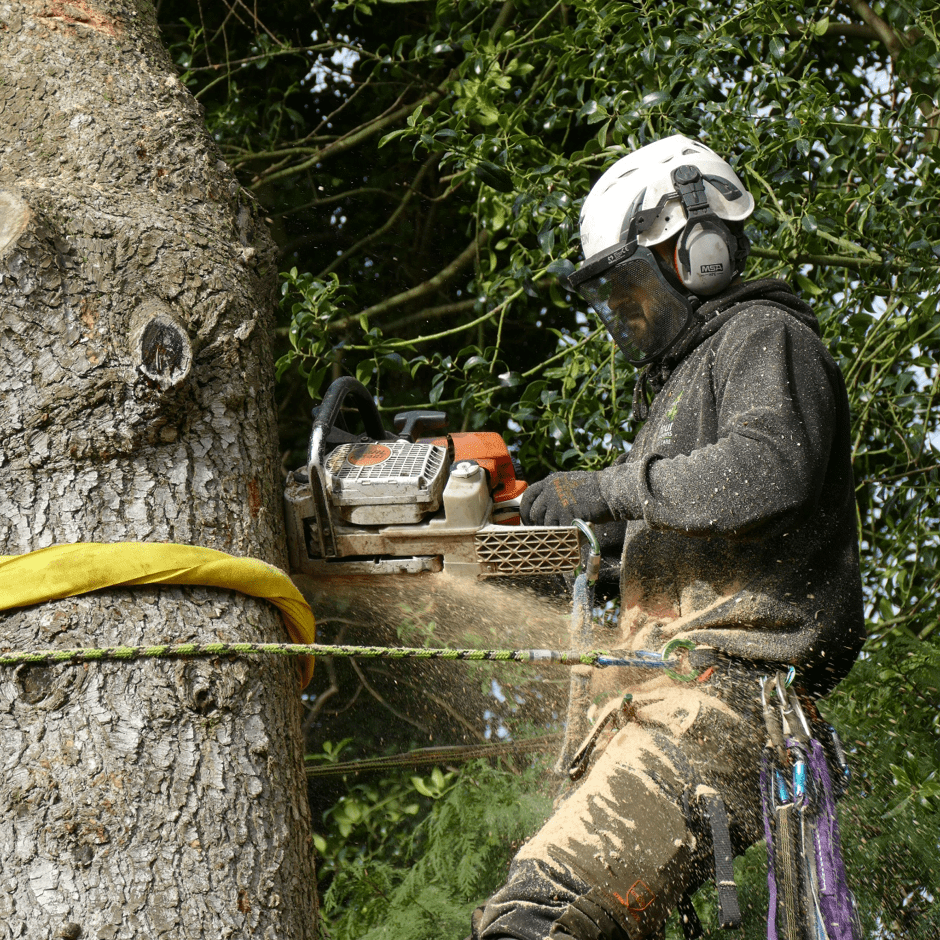The Prospects of Woodland Management: Innovations in Tree Care

Forest management has always been an important part of our environment, offering a variety of advantages ranging from carbon sequestration to biodiversity support. As we move forward further into the 21st century, the practices surrounding tree care and felling are evolving rapidly. Innovations in tech are altering the way we approach these vital tasks, ensuring that we manage our forests more responsibly.
Tree felling, previously a simple process driven by immediate needs, is now being transformed through innovative techniques and tools. With a deeper understanding of forest ecosystems and the role of timber in our natural world, contemporary practices highlight not only the cutting down of trees but also their preservation and nurturing. Innovations such as precision forestry, artificial intelligence, and improved machinery are playing a key role in revolutionizing how we manage both the harvesting and care of trees, paving the way for a healthier and more sustainable future in forestry.
Progress in Timber Harvesting Practices
In the past few years, the industry of tree felling has seen substantial advancements that emphasize both productivity and security. Recent technology has implemented powerful chainsaws equipped with innovative safety mechanisms such as anti-kickback devices and self-adjusting lubrication systems. spez-ag.ch improve the user experience but also minimally decrease the risk of accidents during tree felling operations. Training programs now emphasize the importance of using these tools effectively, ensuring that workers can operate in demanding environments while upholding safety protocols.
The arrival of precision felling practices has changed how trees are cut down in urban and wooded areas. Using methods such as targeted felling, arborists can determine the fall direction of a tree by meticulously organizing the cutting sequence. This strategy limits damage to surrounding structures and other plants, making it ideal for congested spaces. Equipment like the mechanical harvester, which facilitates careful cutting and harvesting of trees, further simplifies the process, making it more sustainable.

Additionally, the integration of drones and aerial imagery has enhanced preparation and conduct in tree felling. By utilizing drones, arborists can check tree condition, identify potential risks, and map out the best approach to cutting without the need for extensive ground surveys. This utilization of technology makes the process not only quicker but also more accurate, lowering the chances of errors that could lead to issues or ecological harm. As these methods continue to evolve, they pave the way for sustainable forestry methods.
Green Approaches in Tree Care
Eco-friendly approaches in tree care are critical for maintaining vibrant forests while fulfilling human needs. One of the cornerstones of eco-friendly forestry is discriminative logging, which facilitates the removal of certain trees without disturbing the entire ecosystem. This method prevents overharvesting, encourages biodiversity, and supports the growth of still standing trees, ensuring that upcoming generations can reap the rewards of the benefits of lush woodlands.
Another important aspect is the use of technology in tree management. Innovations such as drones and remote sensing tools enable foresters to evaluate forest health and identify issues like pest infestations or diseases promptly. These tools enhance decision-making and minimize the impact on the environment by facilitating targeted interventions instead of massive cutting. As a result, tree care becomes more effective and more considerate.
Community engagement is also essential in sustainable tree care. Encouraging local populations in tree planting and care initiatives fosters a sense of ownership and responsibility for the forest. Initiatives that educate communities about the importance of trees and the benefits of green practices can generate better conservation outcomes. By uniting, societies can harmonize the requirements of development with the imperative to nurture and sustain the natural environment.
The Role of Technology in Forestry
A integration of tech in forest management practices has transformed tree felling and management, making procedures more efficient and environmentally friendly. State-of-the-art machinery fitted with high-precision instruments allows for controlled logging, minimizing impact to adjacent trees and cutting down on waste. These methods helps the forest habitat stays preserved while still achieving essential cutting goals. Innovations such as automated felling machines and unmanned aerial vehicles for aerial surveys are enhancing the accuracy of tree care initiatives and supporting sustainable practices.
Moreover, data analytics plays a vital role in modern forestry management. The use of satellite imagery and geospatial technology enables forestry managers to observe the health of forests in real-time, identify disease outbreaks, and assess threats from insects or environmental calamities. By employing massive data, foresters can make knowledgeable choices that streamline tree felling schedules and improve forest regeneration initiatives. This data-driven approach assists in aligning tree care strategies with green protection objectives.
Finally, the arrival of mobile applications designed for forest technicians equips tree care specialists with tools to monitor their efforts, supervise resources, and communicate well. These tools often offer capabilities for scheduling tree care activities, recording tree health, and scheduling maintenance tasks. As technology continues to evolve, it paves new pathways for enhancing tree felling practices and advancing sustainable forest supervision practices, guaranteeing that the prospects of forestry is both effective and sustainable.
